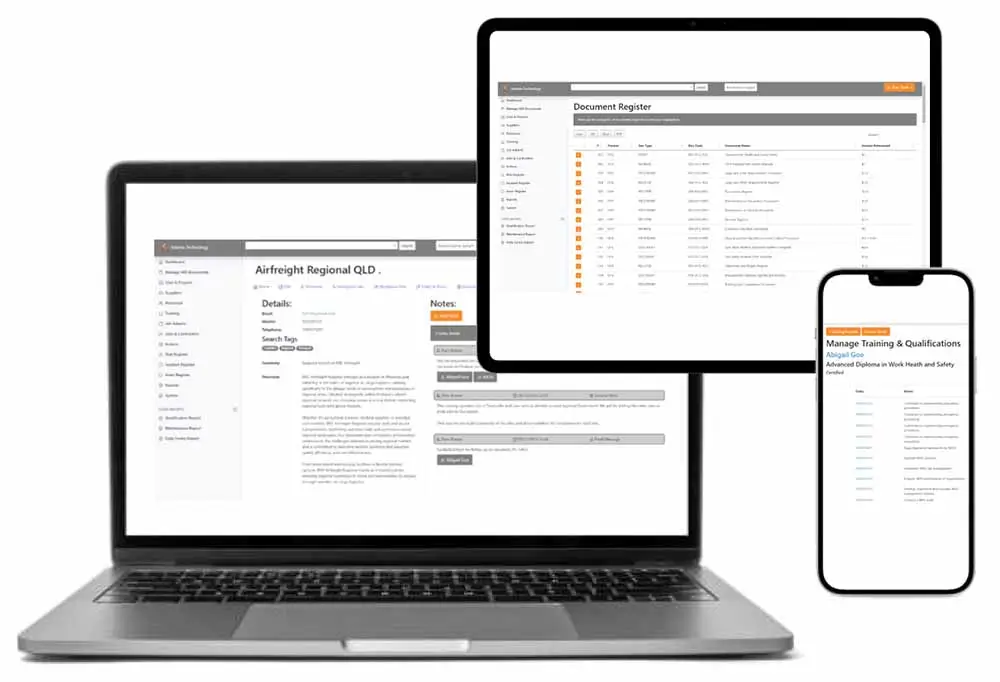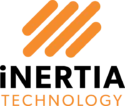ABOUT iNERTIA TECHNOLOGY
How We Can Help You?
ABOUT US
At Inertia Technology, we are driven by the vision of transforming how businesses manage Health, Safety, Environment, and Quality (HSEQ). Eight years ago, I saw the challenges companies face in maintaining compliance, managing risks, and ensuring the safety of their people, all while striving for efficiency and competitiveness. I envisioned a robust, integrated software solution that would simplify compliance, streamline HSEQ management, and empower businesses to succeed.
This personal vision laid the foundation for Inertia Technology, evolving into a collaborative effort to create our comprehensive, user-friendly software. Today, our solution supports businesses in achieving certification across ISO 9001, ISO 14001, and ISO 45001 standards, effectively managing site inductions, onboarding of employees and contract staff, personnel management, risk assessments, hazard identification, asset tracking, incident reporting and others.
Clients consistently commend the simplicity, functionality, and reliability of our software, achieving remarkable outcomes that continually inspire us. At Inertia Technology, our commitment remains clear: To transform HSEQ management by empowering businesses with innovative technology that simplifies compliance, ensures safety, and drives operational excellence.


ABOUT OUR FOUNDING DIRECTOR, Pierre Maré
“I’ve spent ten years with a vision in my head — and that vision has finally been realised. To build a practical, integrated, and simple-to-use system that’s ready to grow with your business.”
Pierre Maré is the founder and driving force behind Inertia Group – a bold vision that brings together Inertia Consulting, Inertia Technology, and Inertia Training. With a career spanning more than 25 years and three continents, Pierre blends hands-on experience, technical depth, and strategic insight to deliver practical, systems-based solutions for Australian organisations.
Raised in Johannesburg, South Africa, Pierre’s path has been shaped by discipline, adaptability, and a passion for problem-solving. After completing compulsory military service and qualifying as a paratrooper with the elite 1 Parachute Battalion, he began his career in forestry with SAPPI. His drive to broaden his skillset led him into software development, where he worked as a project manager and Oracle programmer for nearly a decade.
Since migrating to Australia in 2005, Pierre has held senior roles across forestry, auditing, and consulting before launching his first business in 2015. That step laid the foundation for Inertia Group – an integrated service model designed to help businesses meet compliance requirements and operational goals more effectively.
Pierre is known for his calm, grounded leadership and his ability to simplify complexity. When he’s not working, he enjoys camping, fishing, great conversation, and a glass of Australian Shiraz – often in the company of his grown children.
Inertia Technology – Empowering your HSEQ
business with cutting-edge technology solutions.
OUR VISION
Transforming workplace HSEQ management with innovative technology that simplifies compliance,
ensures safety, and drives operational excellence
OUR MISSION
To deliver cutting-edge, intuitive HSEQ software solutions that are scalable, cost-effective, and designed to simplify compliance. With innovation, expertise, and a commitment to ethical operations, our goal is to create safer, more efficient workplaces and drive excellence across businesses of all sizes.
OUR CORE VALUES
At Inertia Technology, we’re more than just a software provider—we’re your strategic partner dedicated to driving compliance, safety, and operational excellence. Our integrated HSEQ software platform is specifically designed to assist organisations in achieving certification and compliance with ISO 9001, ISO 14001, and ISO 45001 standards. Our core values underpin every aspect of our business, guiding our decisions, shaping our software, and reflecting our commitment to clients:
Business Compliance
We ensure organisations and their clients meet all relevant regulations, standards, and best practices, enabling them to navigate the complexities of HSEQ with confidence and ease.
Personnel Safety
The safety of employees, clients, and stakeholders is at the heart of HSEQ. Our software empowers businesses to identify, manage, and mitigate risks to protect individuals from harm.
Data Security
Sensitive data is at the core of HSEQ management, and protecting it is vital. Our platform incorporates advanced security features to ensure information remains safe, secure, and compliant with regulations.
Commercial Integrity
We believe in upholding ethical practices and transparency. Our software is built to support honest business operations and ensure reliability in every aspect of management.
FULLY FEATURED SYSTEM
Inertia Technology is a fully featured system that covers every need at every level across your business.
The best way to come to terms with the offering is to have a guided tour through the system. This will involve:
An introductory call to scope out what your business needs
A demonstration over the web that addresses your needs and highlights the features that support it.
A Q&A session with the goal of creating a high level roll out plan that achieves your outcomes
within budget and allows you to make a decision on adoption.

FLEXIBLE SOLUTIONS FOR EVERY BUSINESS
At Inertia Technology, we recognise that no two businesses are alike. That’s why we offer two distinct pathways to access our powerful HSEQ platform—each designed to suit different levels of operational complexity and support needs.
Inertia Light – Self-Service Subscription Platform
Inertia Light is our streamlined, ready-to-use solution—ideal
for businesses that want immediate access to a powerful
HSEQ system without the need for customisation.
- Simple sign-up process with a single, allinclusive subscription plan
- Perfect for small to medium-sized businesses that want to manage compliance and safety efficiently, with minimal fuss
Just like you would with Microsoft 365 or Xero, you
register, pay, and start using the platform right away.
Enterprise Edition – Customised to Your Organisation
Our Enterprise Edition is designed for businesses with
more complex needs, requiring tailored workflows and additional support. This full-service offering includes:
- A scoping session to understand your business processes, compliance requirements, and goals
- Custom configuration and refinement of platform features within the scope of our system architecture
- Professional implementation and onboarding, delivered as a service and billed accordingly
The Enterprise Edition offers a bespoke solution
aligned to your operations—designed to maximise
functionality, adoption, and long-term value.
LET’S CHAT...
We’d love to see how we could support your business. Get in touch today.




